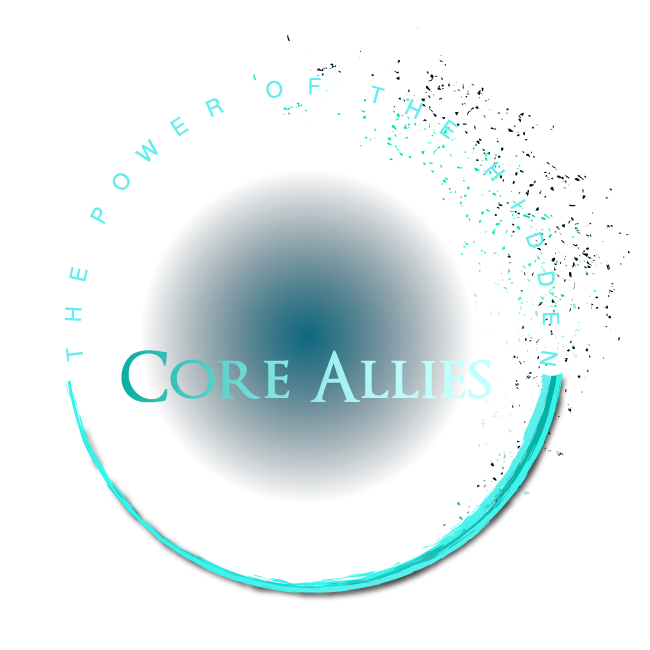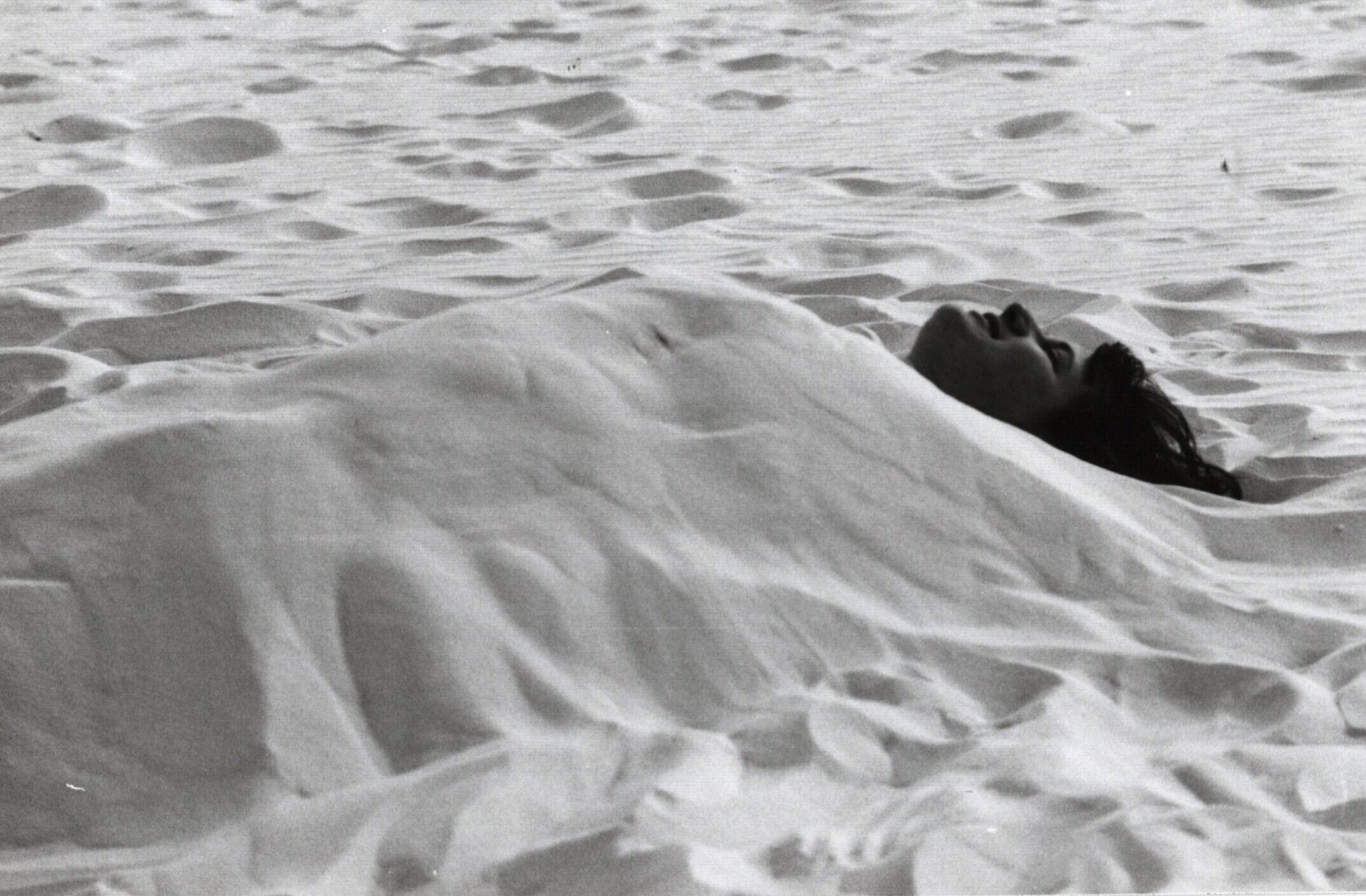Fighting Zoom Fatigue
Greece, 1998.
With the one-year anniversary of pandemic lockdown, those of us who have been lucky enough to stay safely at home have come to understand how exhausting spending so much of our time on Zoom can become. So much of our interaction with the world, whether for work or with friends and loved ones, now takes place through a screen. Unlike the entrepreneurs that are striving to replace Zoom with a better mousetrap, I don’t pretend to have the answer to this problem. But inspired by a recent experience, I do have some thoughts on where to start looking for an answer. (I’m going to talk about Zoom in this post, but my thoughts also apply to FaceTime, Skype, Webex, and other similar apps.)
I’m fortunate that I continue to enjoy my one-on-one meetings with clients, including over Zoom. The connections we form draw me in, whether we’re talking on the phone, on Zoom, or—once upon a time—in person. But like many people, I find that I am drained after a long day on back to back Zoom calls. They take a lot of work to actively find a way to engage virtually and sap my energy over time. There are many reasons why video interactions cause more fatigue than ‘regular’ in-person meetings. We all must work harder to process non-verbal cues over video, technology can lag or glitch interrupting our building of rapport and momentum for instance. Recently, however, I’ve had one regular meeting that I look forward to, and I end the Zoom sessions feeling much calmer. It’s the one thing I do for myself every week that I consider sacred, and try never to cancel or reschedule.
What is this magical Zoom session, and what makes it so different? I’ve been brushing up on my American Sign Language (ASL), and have a weekly meeting with a wonderful ASL teacher. She is deaf, so our meetings are conducted entirely in silence. That experience, of connecting with someone through Zoom but without speaking out loud, is wonderfully refreshing, in ways I’m still trying to understand.
That experience, of connecting with someone through Zoom but without speaking out loud, is wonderfully refreshing, in ways I’m still trying to understand.
As I explain in my talk on the Power of the Hidden, my approach to understanding my reaction to something is to be aware of my thoughts, my feelings, and my physical body—or as I like to describe it, to my head, my heart, and my hips. Based on what I’ve observed of myself, I’m beginning to wonder if part of the secret is pushing at the boundaries of what Zoom is designed to do. Its primary use case is one-on-one or multiple-person meetings, and while it handles these reasonably well, they are precisely the interactions that provoke the downsides of Zoom—the exhaustion and over-extension as we try to bridge a virtual gap. My ASL lesson, by retaining the visual but ignoring the audio, somehow sidesteps this downside.
Other experiences I have undertaken draw on the idea of “parallel play”—the phase in child development when children often play next to each other, but without direct interaction—but bring it into the world of older children or adults. For example, college students, who pre-pandemic would have gone to a library to have the experience of studying in the midst of other studying students, are organizing Zoom study sessions, where each student works on their own assignments, but use Zoom for company and occasional chit-chat. Or a local theater company organizes “open-writes,” where playwrights come together on Zoom in a similar way, each working on their own writing but drawing encouragement and support from the presence of others. I myself have been experimenting with art dates, when I use Zoom to get together with friends and we each work on our own art projects.
Face-to-face meetings aren’t the only thing we have lost during the pandemic. We have also lost opportunities for connection and intimacy with others. And these new ways of using Zoom, while not the same as just hanging out with friends, do offer some relief from the isolation that so many of us are feeling. I’m going to continue to experiment with new ways to create such connections, and would love to hear about creative ways you’ve been using Zoom.

